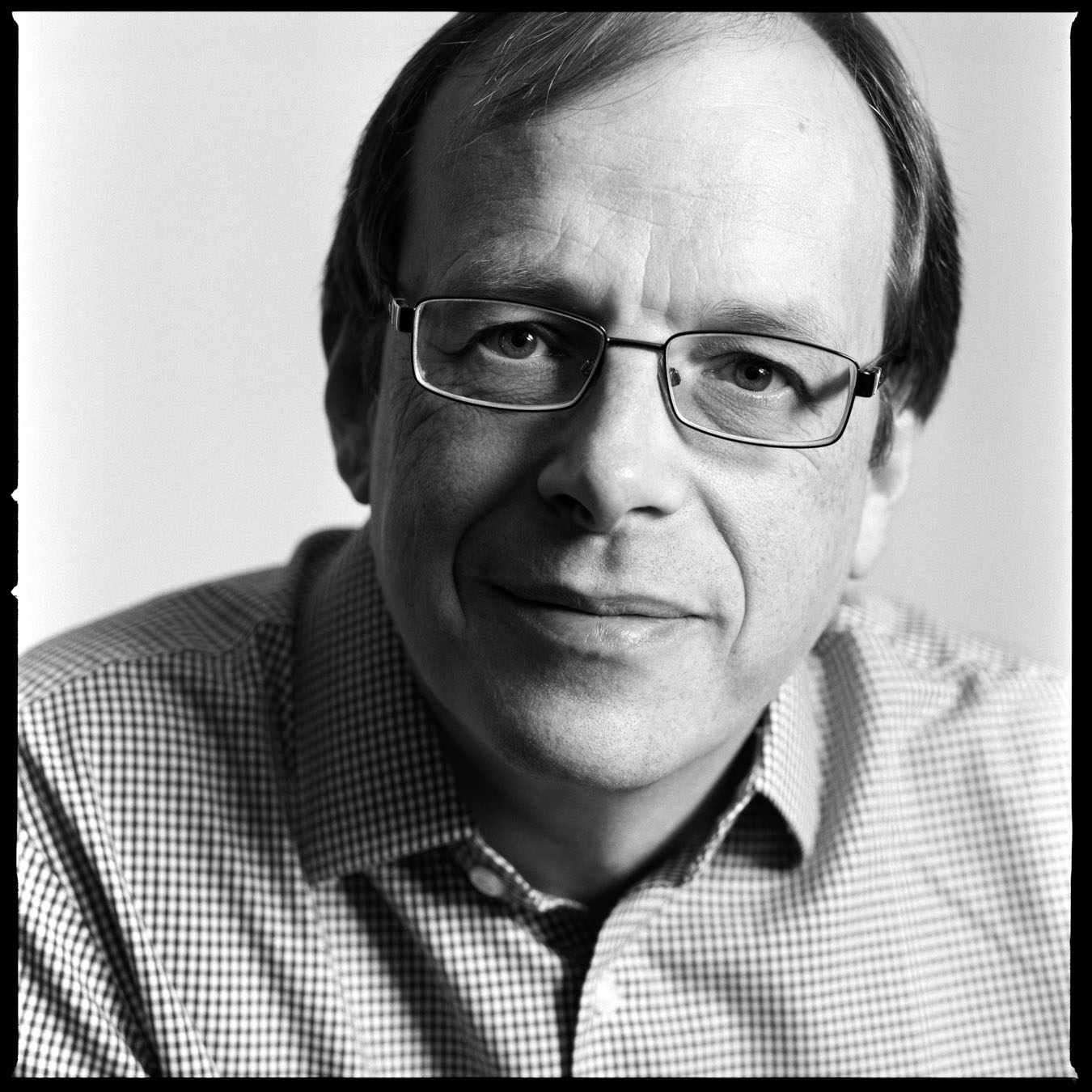Richard Taylor
Institute for Advanced Study
2015 Breakthrough Prize in Mathematics
For numerous breakthrough results in the theory of automorphic forms, including the Taniyama-Weil conjecture, the local Langlands conjecture for general linear groups, and the Sato-Tate conjecture.
The Science
Richard Taylor rose to prominence when he played an important role helping Andrew Wiles repair his proof of Fermat’s Last Theorem. But that was just a particularly famous problem in a far broader field of number theory (the study of integers) that falls under the scope of the “Langlands program.” This program seeks to relate number theory to another field of math, algebraic group theory. Taylor has gone on to become a leading figure in this area, proving a series of increasingly general conjectures.
Comments
I feel very honored and extremely lucky to be receiving this prize. Mathematics is such a broad and thriving subject that there is inevitably a lot of chance as to which achievements are selected for an honor such as this. It is also a collaborative enterprise, and I am enormously grateful to my teachers, collaborators, and colleagues, without whom I would not be recognized in this way. I would single out my father, John Taylor, and my advisor, Andrew Wiles, who both taught me not to be afraid to ask simple questions. I would like to thank my wife, Christine, for her love and support. Despite my having spent less time on it, my mathematics has blossomed since I have known her. I also thank my children, Jeremy and Chloe, for enriching and broadening my life. This prize provides a wonderful opportunity to convey to the public some of the excitement and beauty that drives us mathematicians. Hopefully it will inspire a new generation to take up these challenges. It is also an opportunity to remind ourselves that time and again, pure, curiosity-driven research has led, in the most unexpected ways, to profound advances in technology that benefit us all.
